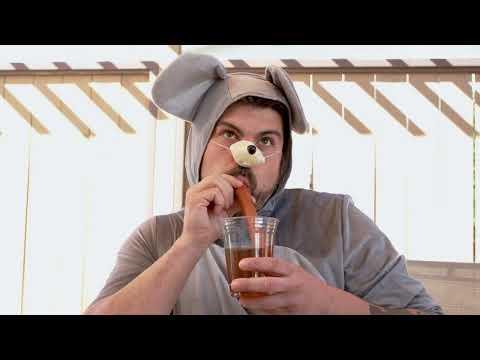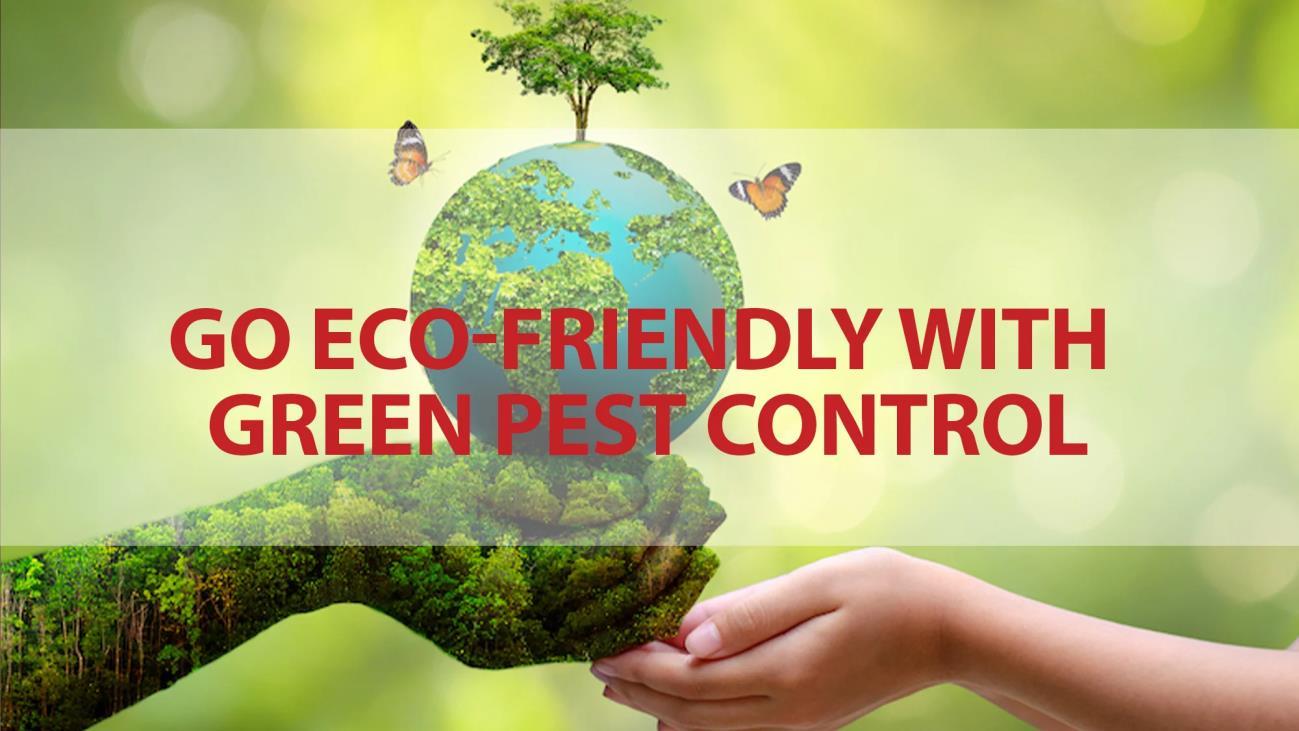Before the Pest Control Treatment
Clearing
Clutter from your home or business premises is one of the most important steps before a pest control treatment. Clutter can hide potential pest hiding places and may prevent pest control experts from treating the areas effectively. Ensure that areas like basements, attics, and closets are cleared of unnecessary items so that the pest control treatment can be applied to all affected areas.
Seal Food and Drinks
It’s essential to remove or properly seal all food items before the treatment. This includes food in cabinets, pantries, countertops, and the refrigerator. Even though many pest control products are safe, they may still pose risks if they come in direct contact with food. Sealing or removing food items ensures they remain safe during and after the treatment process.
Notify Your Pest Control Provider About Pets
If you have pets, it's essential to notify your pest control Red Deer provider beforehand. Certain pest control chemicals may pose a risk to pets, and the company may provide specific instructions for keeping them safe. Some treatments may require you to keep pets out of the treated areas for a certain period of time to prevent any exposure to chemicals.
Vacuum and Clean
Cleaning your space is another crucial step before pest control treatment. Vacuuming carpets, upholstery, and floors helps remove dust, debris, and pests from your home. Additionally, a thorough cleaning ensures that the pest control products are not just targeting existing pests, but also minimizing the chances of any hidden pests. This is especially helpful if you are dealing with pests like ants, cockroaches, or fleas, which may be hidden in cracks and crevices.
Remove Items in the Yard or Exterior
If your pest control treatment involves spraying on the exterior of your home or business, ensure that any outdoor furniture, toys, or plants are moved away from areas where pest control chemicals will be applied. This reduces the risk of exposure and ensures that the treatment is more effective.
Inform Family or Employees
If you live with others or manage a business, ensure everyone is informed about the upcoming treatment. Depending on the pest control method, it may be necessary to vacate the premises for a certain period after the treatment. Making everyone aware of the schedule will prevent confusion and guarantee that everyone stays safe.
After the Pest Control Treatment
Follow the Safety Guidelines After the pest control treatment, it’s important to follow all the safety instructions given by your pest control provider. These instructions may include avoiding treated areas for a specified amount of time. It’s vital to wait until the chemicals have dried or settled before re-entering the treated areas to ensure everyone’s safety.
Ventilate the Area Once the treatment is complete, it is important to ventilate your space. Open windows and doors for proper air circulation to help dissipate any lingering odors from the chemicals used. This is particularly important if you are dealing with a heavy treatment, such as one involving fumigation. Proper ventilation helps to clear the air of any chemical residues, making it safer to re-enter.
Reorganize Items After the treatment is complete, it’s a good time to start organizing and putting back any items you had to remove prior to the treatment. Make sure that all food, toys, and other personal items are returned to their appropriate places after the pest control treatment has dried or settled.
Check for Dead Pests In many cases, pests will die after the treatment is applied, and you may notice dead insects around the treated areas. It’s a good idea to check for dead pests and remove them to maintain a clean and hygienic environment. Keep an eye on potential entry points and inspect for signs of continued pest activity.
Monitor for Continued Pest Activity After the pest control treatment, it's important to monitor your home or business for continued pest activity. Even though the treatment can eliminate most pests, some may still appear in the days following the treatment. If you notice any new pest activity, contact your pest control provider promptly for followup treatments or advice.
Keep Pets and Children Safe As with the preparation steps, keeping pets and children safe after the pest control treatment is essential. Pets should be kept away from the treated areas until it is safe to re-enter, and children should be informed about which areas are off-limits. Be sure to follow any additional safety precautions provided by your pest control provider to avoid exposure to any chemicals.
Frequently Asked Questions
What should I do if I have a specific pest infestation before the treatment?
If you have a specific pest infestation, such as termites or bed bugs, it's important to inform your pest control provider so they can tailor the treatment plan accordingly. Specialized treatments may be required for particular pests, so providing detailed information about the problem helps ensure the most effective treatment.
How long will it take for the pest control treatment to be effective?
The time it takes for a pest control treatment to show results can vary depending on the type of pest, the severity of the infestation, and the treatment method used. Generally, you should start seeing improvements within a few days to a week, but full results may take longer. It’s important to remain patient and allow the treatment to take its full effect.
Is it safe to stay in my home during pest control treatment?
Whether it’s safe to stay in your home during treatment depends on the type of treatment and chemicals used. Some pest control methods, such as fumigation, may require you to leave the premises for a period of time. Always follow the instructions provided by your pest control provider regarding when it’s safe to return.
How can I prevent pests from returning after treatment?
After the treatment, you can take preventative measures to reduce the likelihood of pests returning. This includes sealing cracks and crevices, cleaning regularly, storing food in airtight containers, and maintaining proper sanitation. Regular pest control treatments can also help keep pests at bay.
Are pest control chemicals safe for my children and pets?
Pest control chemicals can be safe if used properly, but it’s important to follow all safety instructions given by the pest control provider.
After the treatment, keeping children and pets away from the treated areas until it’s safe to reenter is a key safety measure to ensure their well-being.
Conclusion
Proper preparation and post-treatment care are essential for ensuring that pest control treatments are effective and safe. By clearing clutter, sealing food, and following safety guidelines both before and after the treatment, you can maximize the effectiveness of the pest control process and maintain a pest-free environment. Keeping pets and children safe and monitoring for any continued pest activity are important steps to ensure that your home or business remains pest-free in the long run. Always communicate openly with your pest control provider to ensure that you take the necessary precautions and follow their expert advice. With the right approach, pest control treatments can provide long-lasting relief from unwanted pests. Get Social with Us:




